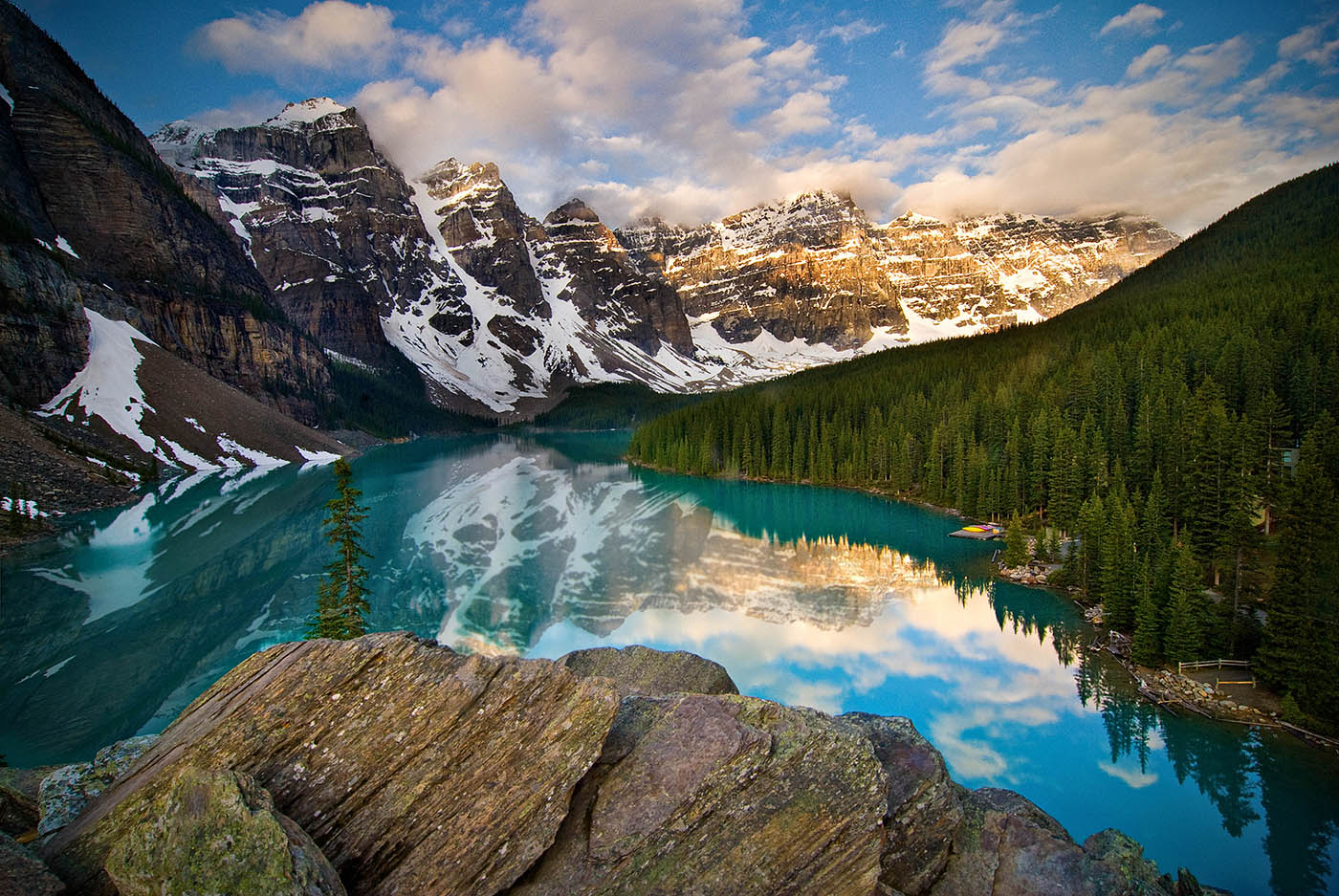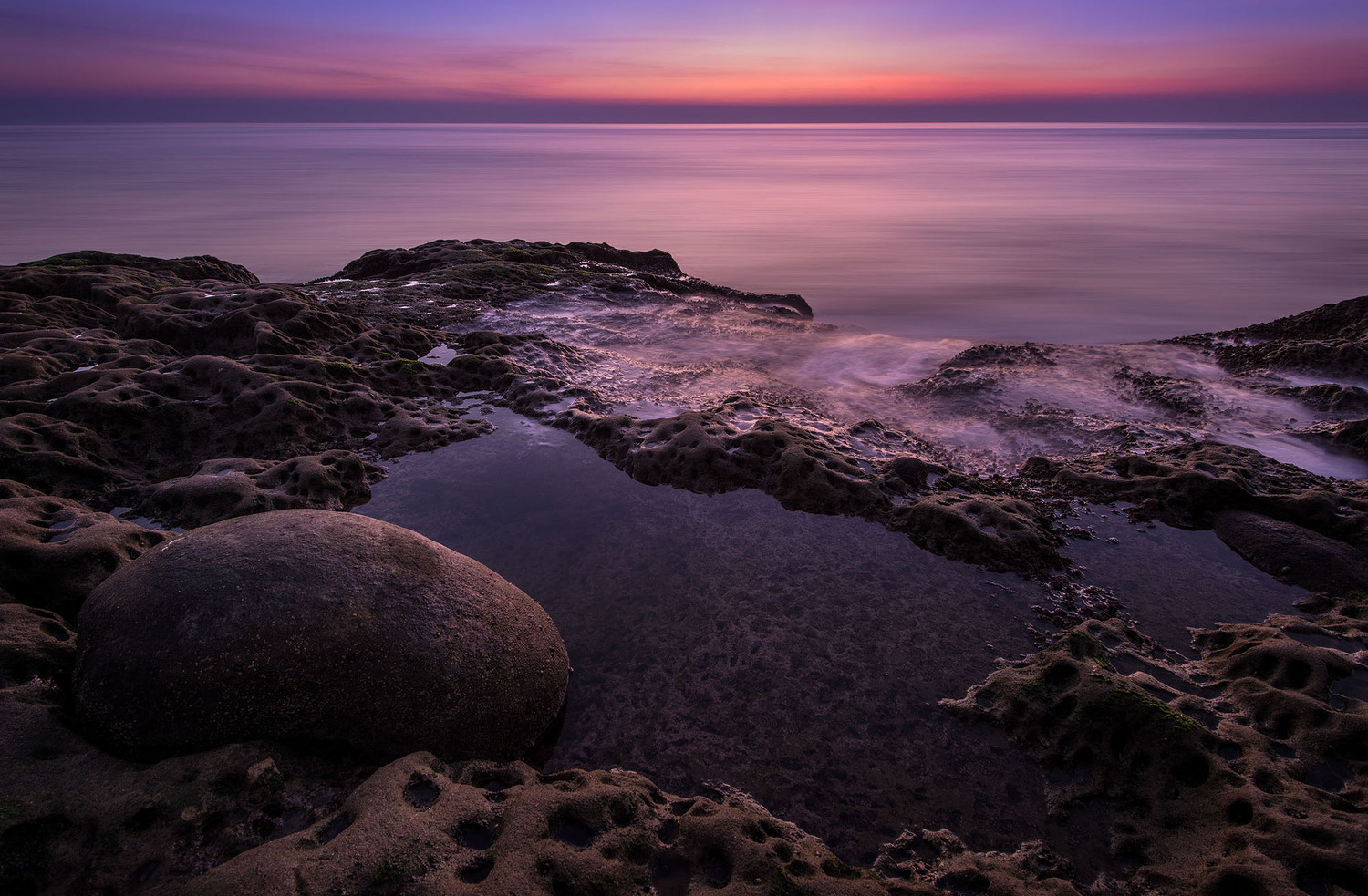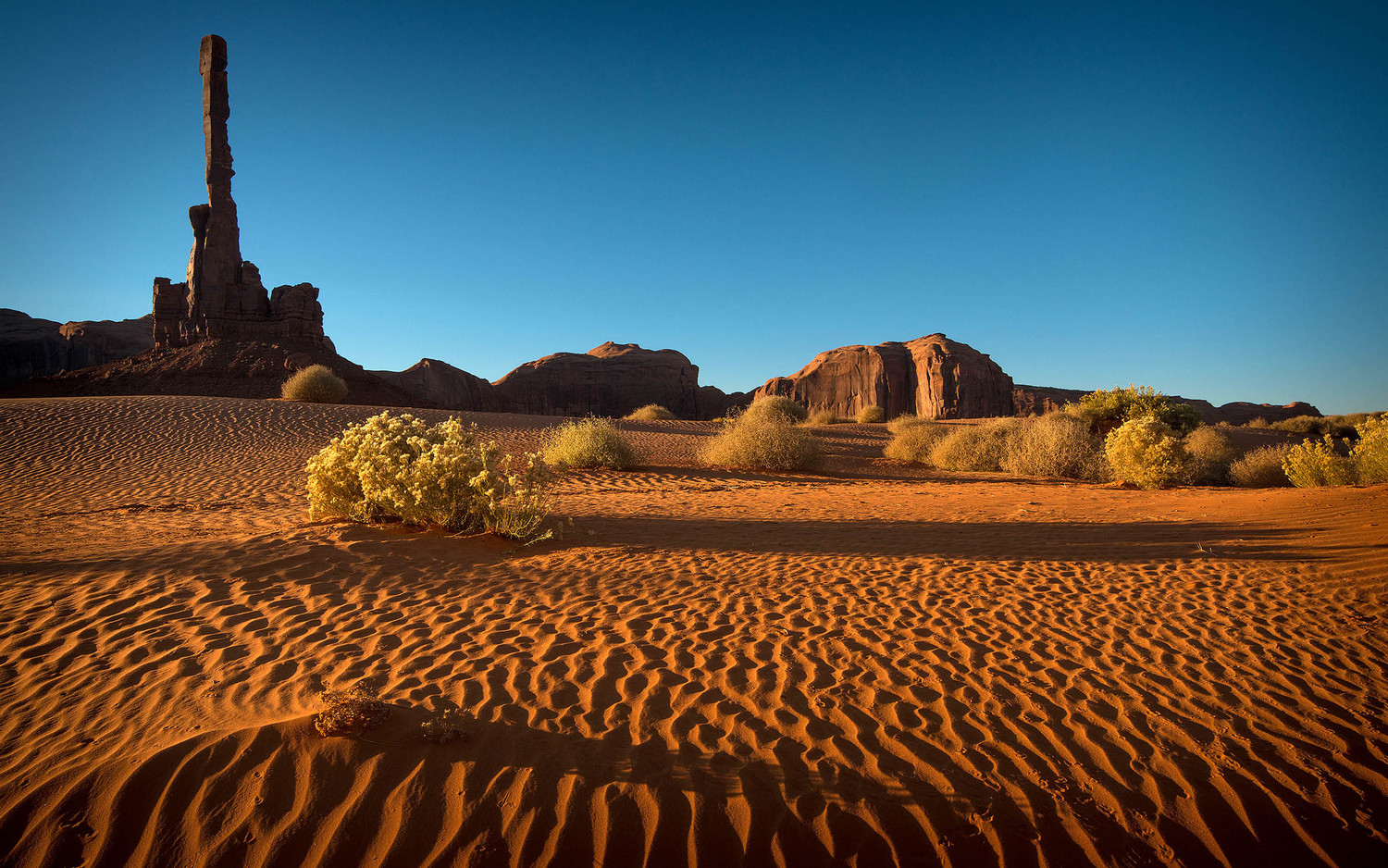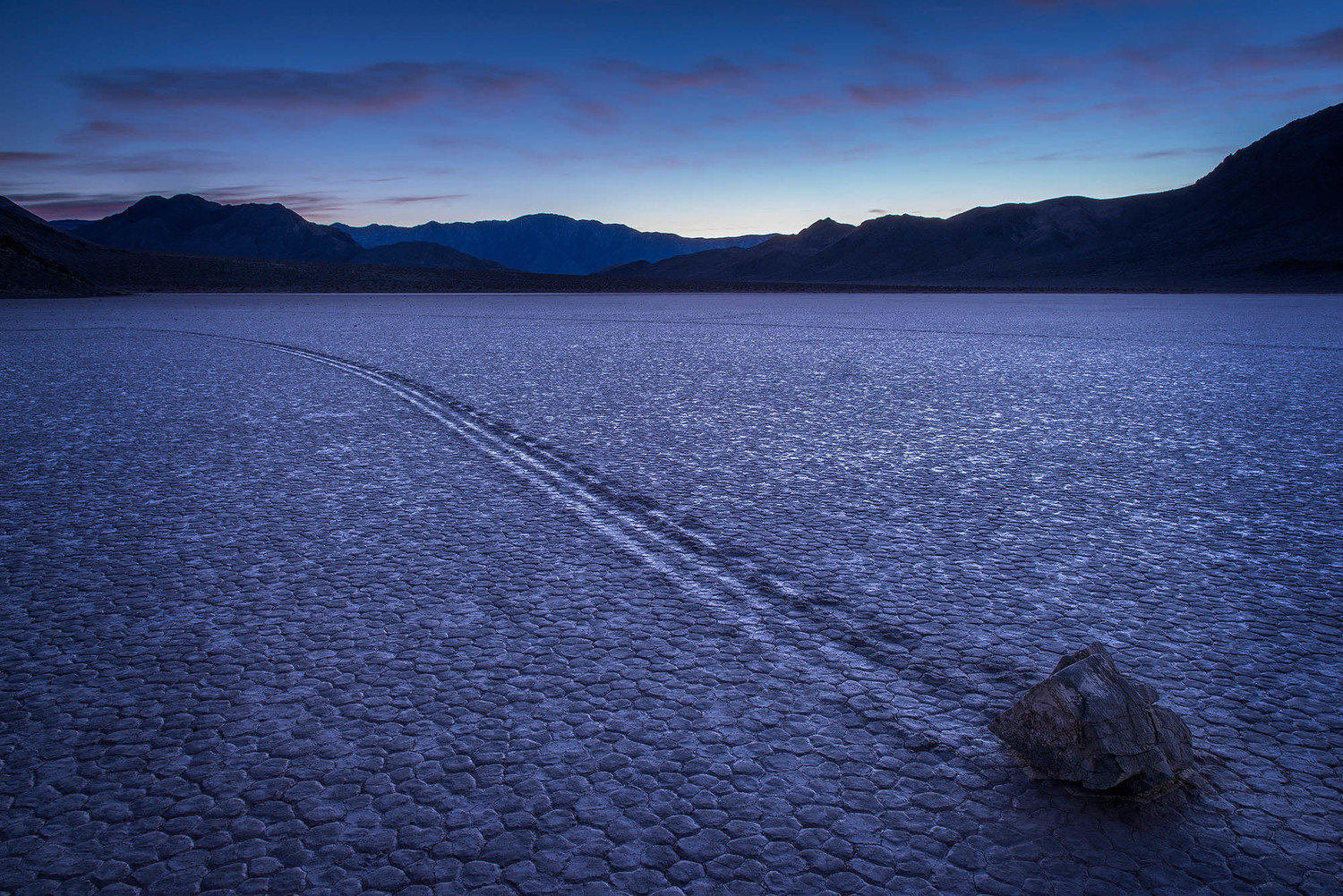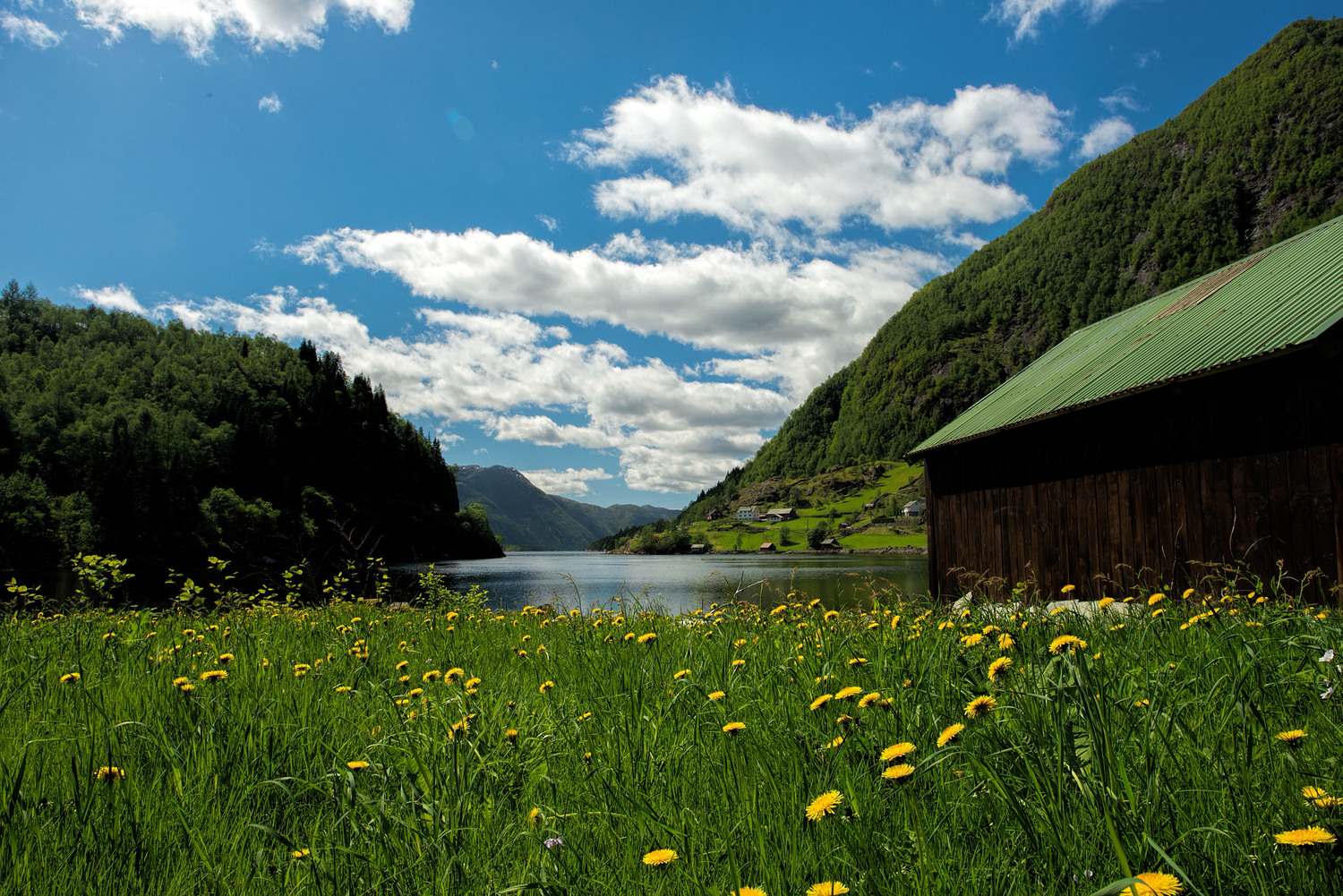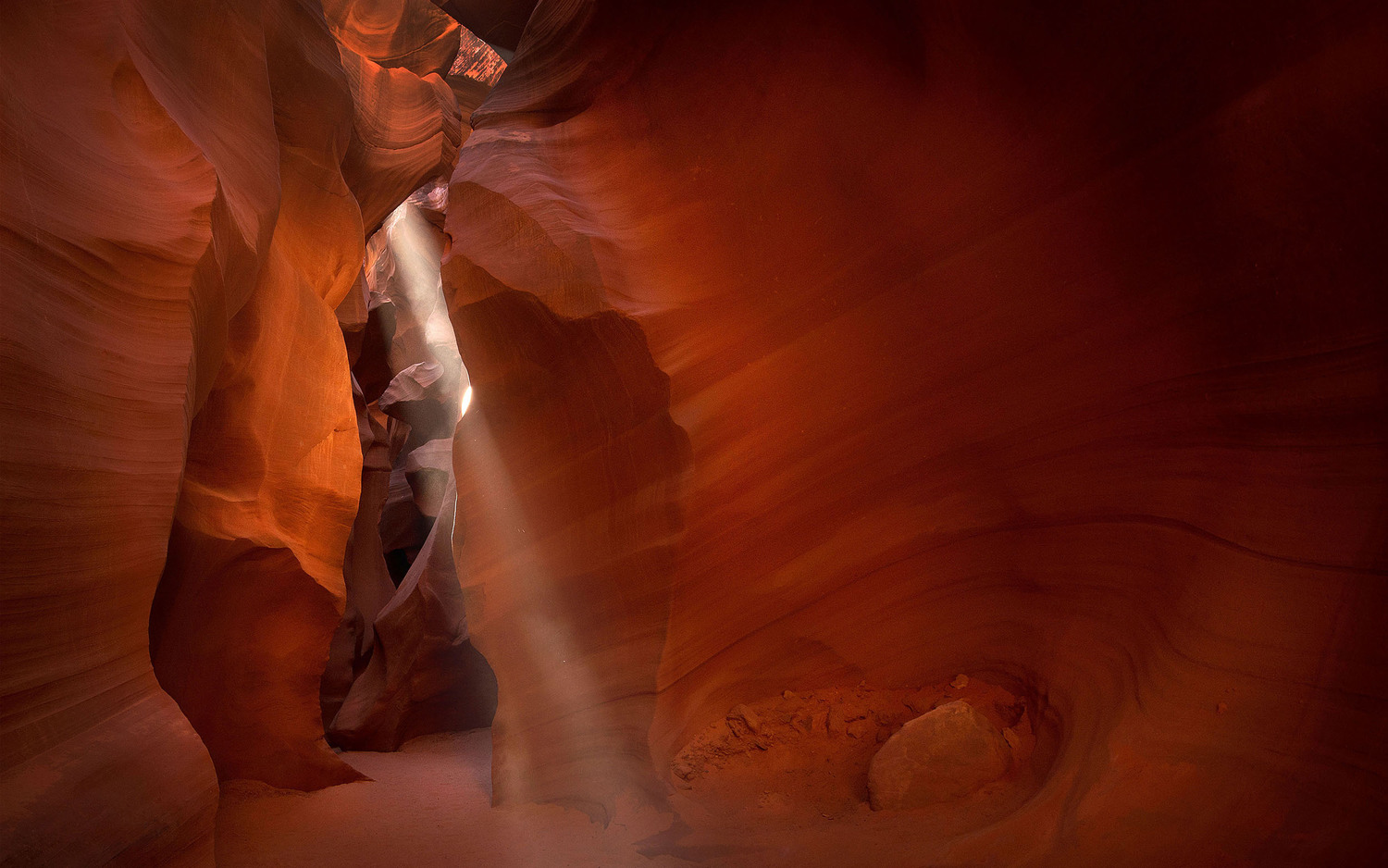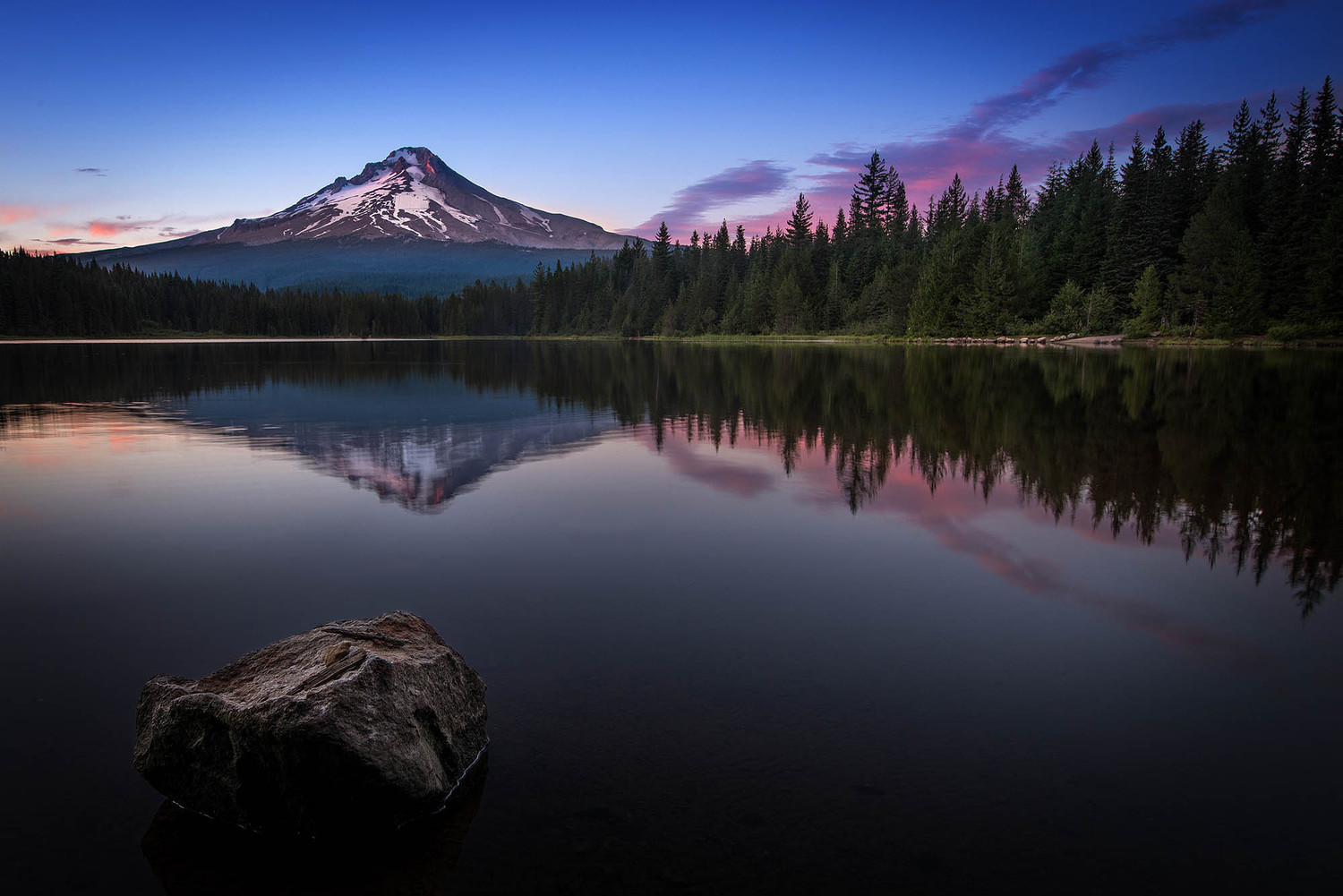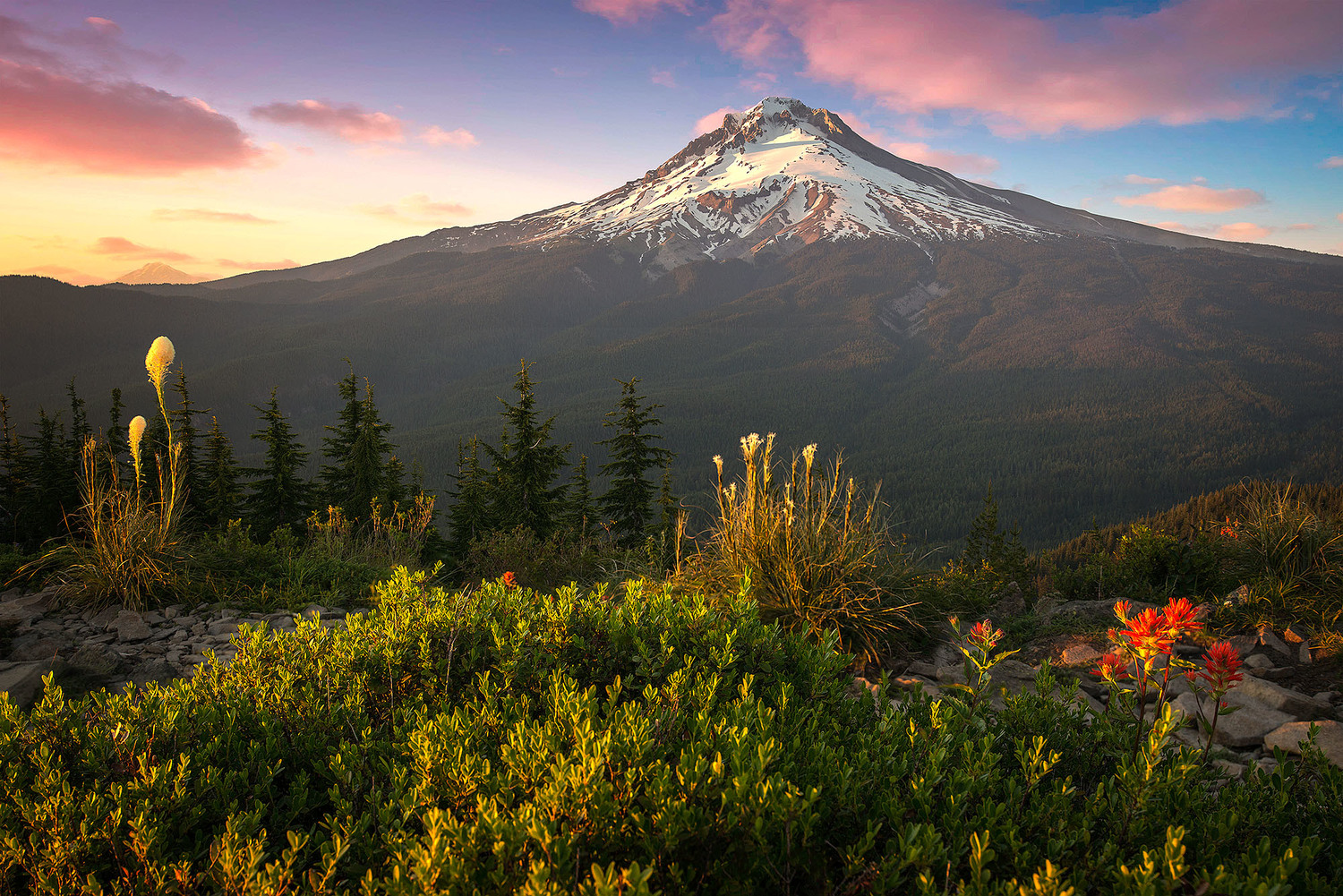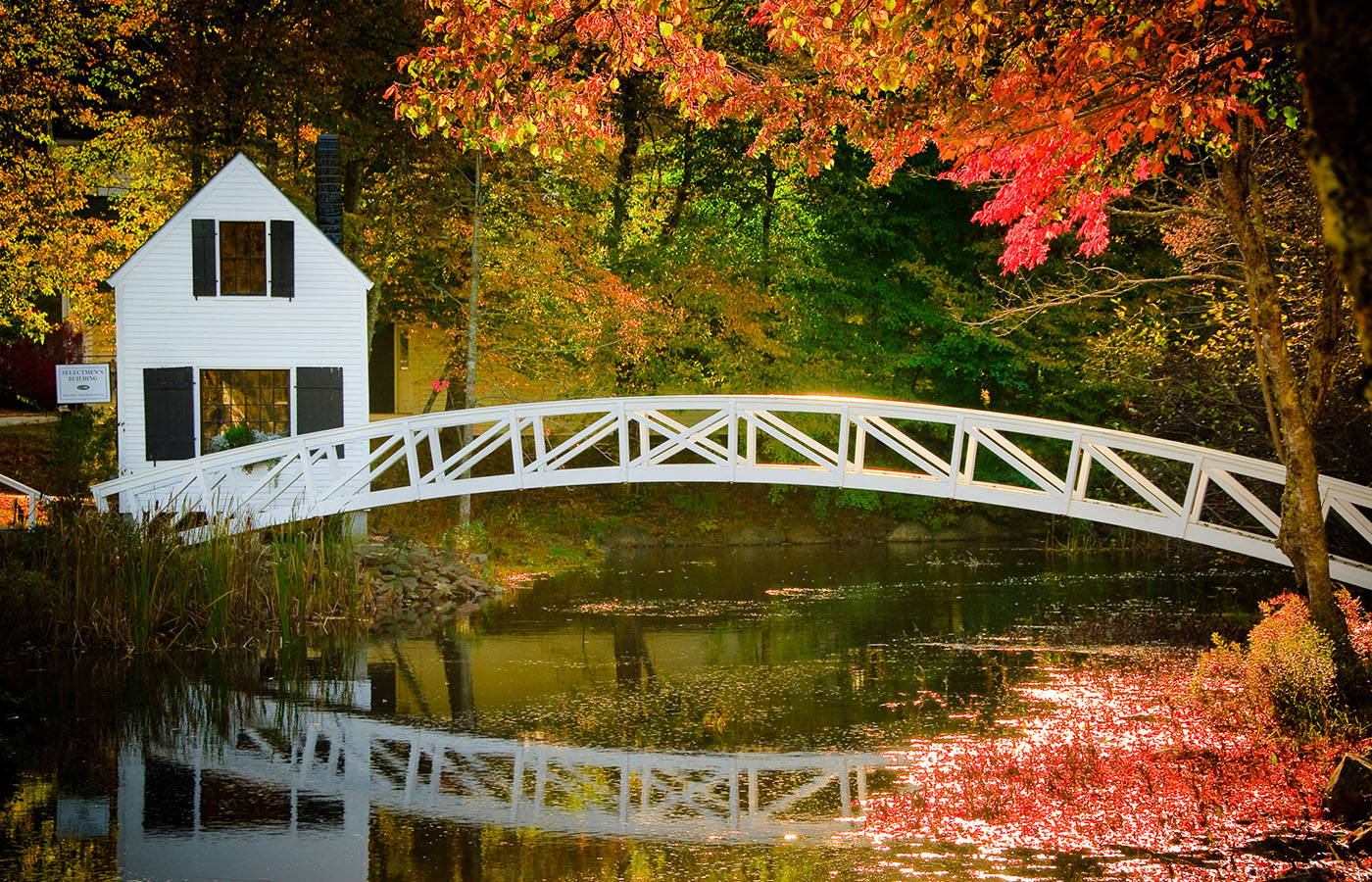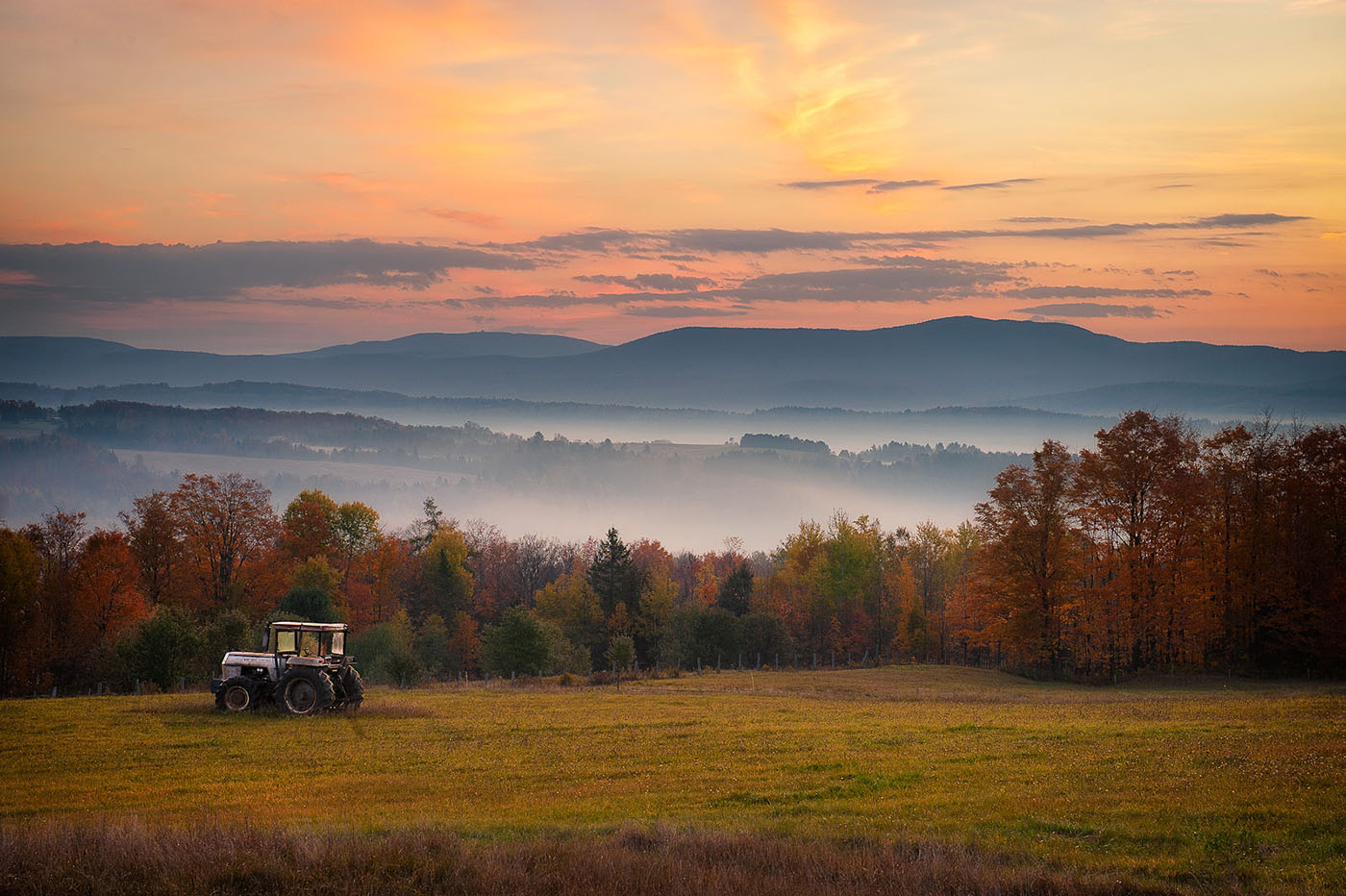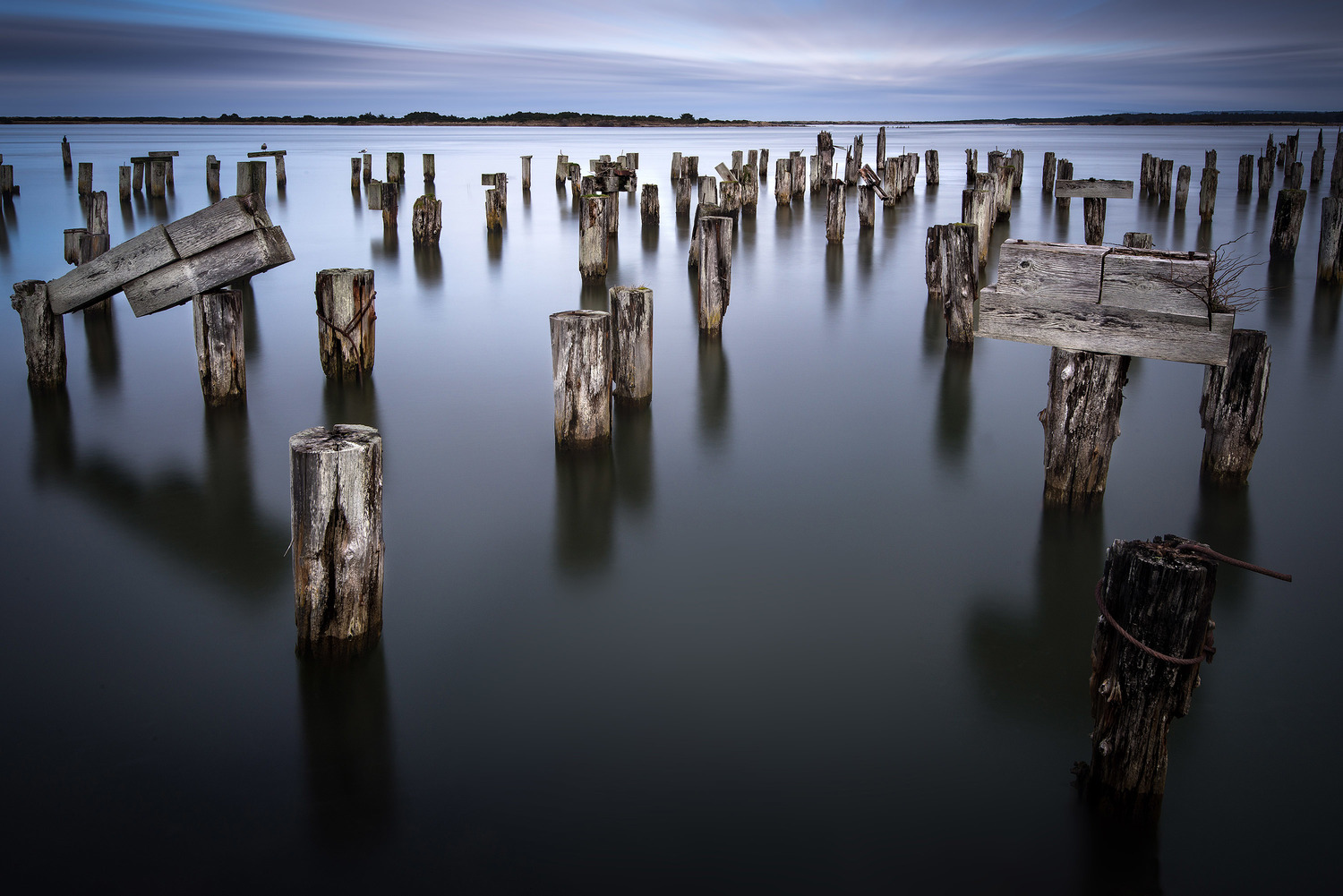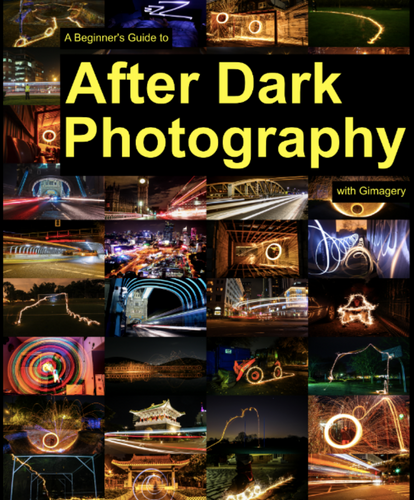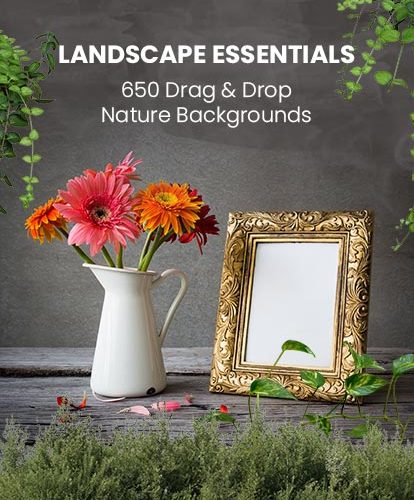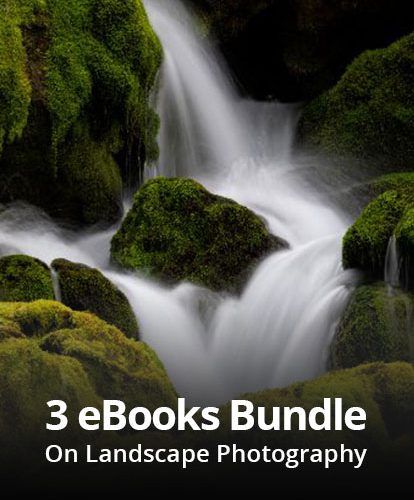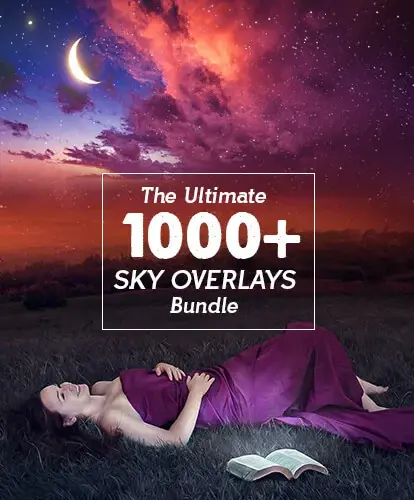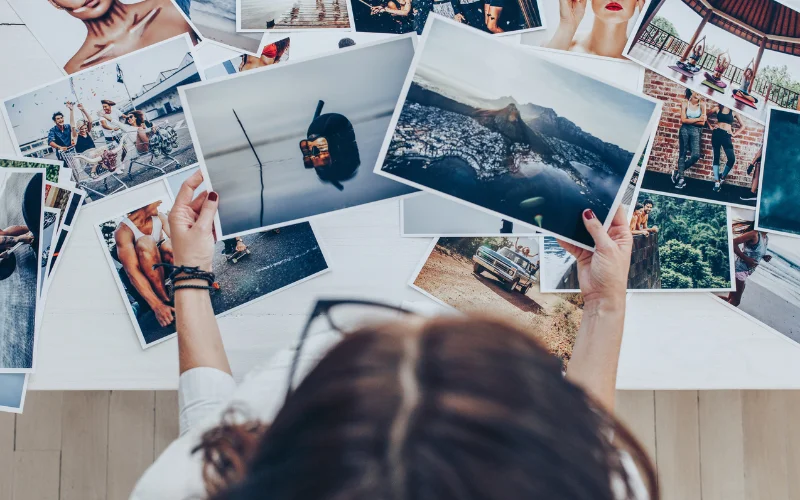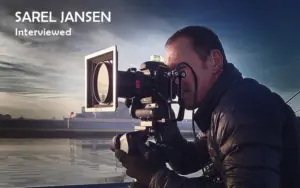You know you’re passionate about something when you wake up at 4 am to continue doing it. Not only that, but you actually get excited about it. That’s how landscape photographer Matt Kloskowski felt when Matt Kloskowski first started going outdoors to shoot. Matt Kloskowski was energized and motivated to leave at that unholy hour for the chance to capture the land in its most magical light.
And now as Director of Training and Education for the Kelby Media Group, Matt Kloskowski is fortunate enough to spend much of his time focused on helping others find their own passion. And it’s easy to see why Matt Kloskowski is sharing his insights. The landscapes of Matt Kloskowski are so beautiful that you know they must have taken great pains to achieve. Simple and elegant, they are picture-perfect landscapes and great examples of what passion can achieve.
In this interview, Matt Kloskowski talks about how Matt Kloskowski got his start in photography, explains the approach Matt Kloskowski used to landscapes, and reveals three tips every landscape photographer should know about shooting during the golden hours.
Your landscapes are beautiful. How did you get your start in photography? How would you describe your work?
First, thank you for the kind words. As for getting started, I got my first DSLR when my first son was born back in 2001. I’d always had an interest in photography and that seemed like as good a time as any to try to get better at it. From there, I just followed photographers I admired and practiced. I went to work at Kelby Media Group shortly after that, so I was lucky enough to get exposed to some of the great photographers out there and my learning definitely accelerated from that point on.
Why landscape photography? I can imagine you feel something special when looking out to the world. What makes you want to express yourself in this way?
I don’t know how exactly landscape photography took over as my core interest. I don’t even remember the evolution anymore. I do know that whenever I looked at photography, those were the images that captivated me. I got my first digital cameras to take pictures of my family, but I always found I took them out and photographed sunsets and the outdoors whenever I could. I also started teaching Photoshop at landscape photography workshops early on. The more I got out there, the more I realized that this is what I was interested in. It’s what excited me. I never minded getting up at 4am to photograph the sunrise and get outdoors early — I actually got excited about it. But I never had that same excitement when I knew I had a studio photo shoot lined up. So I guess I ended up sticking with what excited me the most about photography.
Your work is confident. When did you become confident of your abilities? Were you ever unsure of your skills?
Was I ever unsure of my skills? Hell yeah! I always made it a point to ask for help though. I’d ask for people to look at my photos and I constantly asked for critiques. I think anyone who’s ever had a critique before will tell you the same thing. It sucks… it’s hard to hear… but it makes us better in the long run. I also watched a lot of critiques during the workshops I taught. I saw a lot of what worked and what didn’t work. From that point on, I realized I heard the same things over and over again. I saw just how important the time of day was (sunrise and sunset). I learned about how important foreground elements in the image are, to really draw people in. And I learned about composition, reducing clutter and simplifying the image, by making sure your viewer knows exactly what they’re looking at. I also learned a lot about lenses and which ones to use. I used to shoot everything really wide (like 14mm). But over time, I was never really happy with those wide photos and it took me a while to figure out why. Then it hit me. Everything seemed so small. So lenses like my 24-70mm lens actually come out more now than ever, and since I’ve made that transition I’m much happier and confident in my work.
You travel the world to capture a single moment. Finding these locations must take great patience and some luck. What advice would you give to other landscape photographers about finding something unique?
Hmmmm… that’s a tough one for me. Maybe because I actually don’t purposely search for something unique. I first search for something beautiful. Something that catches my eye. If it’s a place that a million other photographers have shot before, I don’t care. I want to shoot it. I want to experience it, make my own photo, and put my own spin on the post-processing. However, regardless of unique or not, research is a big key to finding a great place to shoot. Most of us don’t live 5 minutes from gorgeous scenery. So we have to get there. And once we get there, you’ll be tempted to go with the easy shot because it’s, well… easy. So I research places I’m going. I find that 500px.com and Flickr.com are two great places for that. But you have to be creative. Get on Google maps and find things that are close to where ever you’ll be. For example, I was going to Portland, OR last year. Just doing a search for “Portland” would never bring up the place I ended up going. But seeing that Mt. Hood was close to Portland and then doing a search on “Mt. Hood” found all kinds of possibilities. Also, finding something unique is like any other skill out there. You get better the more you do it. There’s plenty of times I go out driving and looking for something and never find it. But the more I do it, the more I find I end up coming back with something different.
Landscape photography requires being outside, getting dirty, embracing the elements. Do you always go out alone? What has being outside with the world taught you about yourself? Photographically or otherwise.
I have a mix of solo (alone) trips, and trips with friends. And I like both. I don’t know that I ever make a conscious decision to be alone or with a friend. I’ll usually always invite people when I go shoot, but sometimes there’s just nobody around to invite. Sometimes it’s nice to be out there alone, when you can just work a scene, move around, and not really have any other distractions. But then again, sometimes it’s nice to have a friend to chat with as you wait for the magic light to happen (or not, which actually makes for some fun times too).
What are your three best tips about working during the sunset/sunrise hours?
1) Use the sun. Shoot into the sun. If you have a tree, or mountain or hill or building or whatever – and you can position yourself to catch the sun as it’s just going up/down behind that object, do it. Set the aperture to f/16 and catch the sun just as it peaks behind to get that nice sun-star in your photos. To me, it adds a dynamic nature to your images because you caught a very specific moment in the day.
2) Bracket everything. Sunrise and sunset happen so fast. I know my camera and I know exposure. But I don’t want to be bogged down thinking about techie stuff when I really want to be creative. So I set my camera to bracket mode, and that way I know I got the shot. I don’t have to look at histograms, metering or anything else because I know one of those shots has nailed the exposure. Now I can move on and continue being creative during those brief moments during the day that we get that magic light.
3) Once the sun goes down, keep shooting. If you get there before the sun comes up, shoot. Don’t be the one that only shoots if the sun is up. If there’s any one thing I’ve found over time it’s that some of my favorite photos are taken during Twilight (the blue hour). The color in the sky and clouds is vibrant once the sun goes down. The blue and pink colors that happen during that time make for amazing photos and you may just find that your favorite photo from a shoot was taken during twilight.
I love your low-angle compositions. Your image of Mt. Hood is a perfect example. Why do you preferring going low to high?
I actually don’t go super low. I have a 3 section tripod and my preferred height is all legs collapsed so I’m about 2-3 feet off the ground. I like putting the viewer in the photo. I want you to feel like you’re there. If it’s a beach photo, I want you to feel like the wave is about to crash on your feet. If there’s a rock in the foreground, I want you to feel like you’re standing right next to it. And the way that I’ve found that works best is to position myself down low in front of a good strong foreground element in the scene. It’s funny because those remote control quad-copters are all the rage right now. And I see everyone posting photos from hundreds of feet up in the air. I keep getting asked if I’m going to get one and I keep holding off because photos from that high up just don’t grab me like a photo taken at a low angle with a good foreground object in it. But who knows – we’re always changing and maybe you’ll see me flying a copter around one day!
In fact, all your work features outstanding compositions. When out shooting landscapes, what goes through your mind? Are there any intuitional feelings that guide you?
I’m not sure if it’s intuition or just me going back to my formula in my head. In fact, I’m almost sure it’s not intuition. See, I was the least creative guy you could find before I started all this 15 years ago. I didn’t have a creative bone in my body. I hated art class as a kid. I never liked the dark room. But I liked photography and the process of taking pictures so I stuck with it. By sticking with it for a while, and practicing, I think the formulas and mental checklists in your mind tend to get easier. That means you can concentrate on the photo, rather than the mechanics of making the photo.
So here’s my formula/check-list. I can tell you that whenever I get somewhere the first thing I look for is foreground. I want a strong foreground element in the photo. So that’s the first thing that goes through my mind. Then, almost as important, I look for the light and what will be lit (or not lit). From there, I have a little checklist. If the sky is interesting I try to include more of it. If it’s not, I include less. Also, I don’t shoot as wide as a lot of other landscape photographers I see. I actually got rid of my 14-24mm lens because I never shot it at 14mm. I have an 18-35mm that barely sees 18mm. In fact, my latest go-to landscape lens is the 24-70mm. It does restrict the amount of area I’m able to pull in to the scene, but I think that actually helps me because I just concentrate on a smaller part of the scene.
A mountain expanse or seashore? The desert or forest? Favorite place in the world?
I’m a big sucker for beaches. I love the water and ocean and don’t think I could ever live far away from it. I also love mountains. If you can put water in front of a mountain, even better. As for my favorite place? Right now, it’s Norway. I had the opportunity to visit there last summer and it was by far the most beautiful place I’ve ever been. Tall mountains, the water along the fjords, and a golden hour that lasted for 3 hours because I was there in June when it was only dark for a few hours each night. It was an absolute breathtakingly beautiful place to visit.
We hope you enjoyed and learned from this interview. In this guide, you’ll discover more important advice on landscape photography.
Be sure to check out all the work of Matt Kloskowski on his website!

